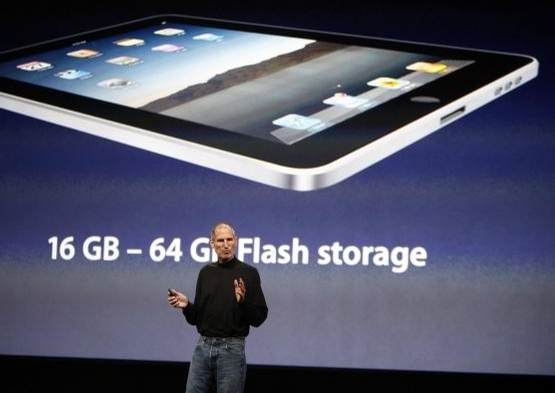How to throw a successful mobile product launch


Keep one product feature secret. The mobile tech rumor mill never sleeps, and keeping products secret is almost impossible. Even Apple with its rumor Gestapo understands that, but makes sure that one unexpected feature in a new product does not leak to the public prior to launch. The famous "one more thing" insures that the Apple product launch will generate millions of words of online coverage, keeping tongues wagging far longer than they would otherwise. Keep one feature secret, and let them eat it up after launch.
Stream the launch event live. You want to get exposure for your new product, so expose it live to as many people as you can. Keep the launch presentation flowing, and make sure the stream works flawlessly. You want to control the information about your spiffy new product, and there is no better way than to present it yourself.
Give a real availability date. This is the big bugaboo that most companies get wrong. There is nothing worse than having an exciting new product that you are telling people no one can live without, and then not let them know when they can have one. This is a huge fail, and must be avoided at all costs. The best scenario is to tell buyers that orders for the new gadget are open as soon as the launch event ends, if it's not quite ready then give a fixed date when orders will be accepted. This date must be days or a couple of weeks in the future at most. Then follow this up with the guarantee that orders will be delivered beginning on a certain day. This is a major plus that Apple has used to great advantage when a new product is not available in stores immediately after the event. This guaranteed delivery date must be soon after the event to be effective, if the product is not ready then why are you announcing it now?
Pricing is required. This step goes hand-in-hand with the availability date. Don't throw a fancy product launch and fail to tell the excited buyer how much the new gizmo will cost them. This is regularly done by companies and all it does is cause negative reaction to the launch. The event coverage will quickly report that the new gadget is obviously very expensive or the company would be happy to share pricing information. Why would you want to create negative buzz with a product launch? Consumers want to know when they can have one and how much it will it cost them. Tell them.
Allow hands-on time with the product after the event. Those of us who cover product launches know that our audience wants to know what we think of the new gadget. For mobile gadgets this requires we use the product in our own hands to form opinions to share. Product events that have no demo after the launch are a big failure, and demos that prevent attendees from touching the new device just as much so. The only conclusion that can be reached by those attending a launch event where the company forbids touching of the new gadget is that it is not ready for prime time. If it's not ready then why are you launching it now?
These steps won't guarantee a successful product launch, the gadget will have to appeal to the masses to succeed. But they will prevent companies from hobbling the new product with negative buzz. There are so many new products that it is imperative the launch event set the tone for the prospective buyer by setting this device apart from the pack. Don't sell yourself short, sell your fancy new product. That's ultimately the purpose of the launch event. It's surprising how many companies seem to forget that.